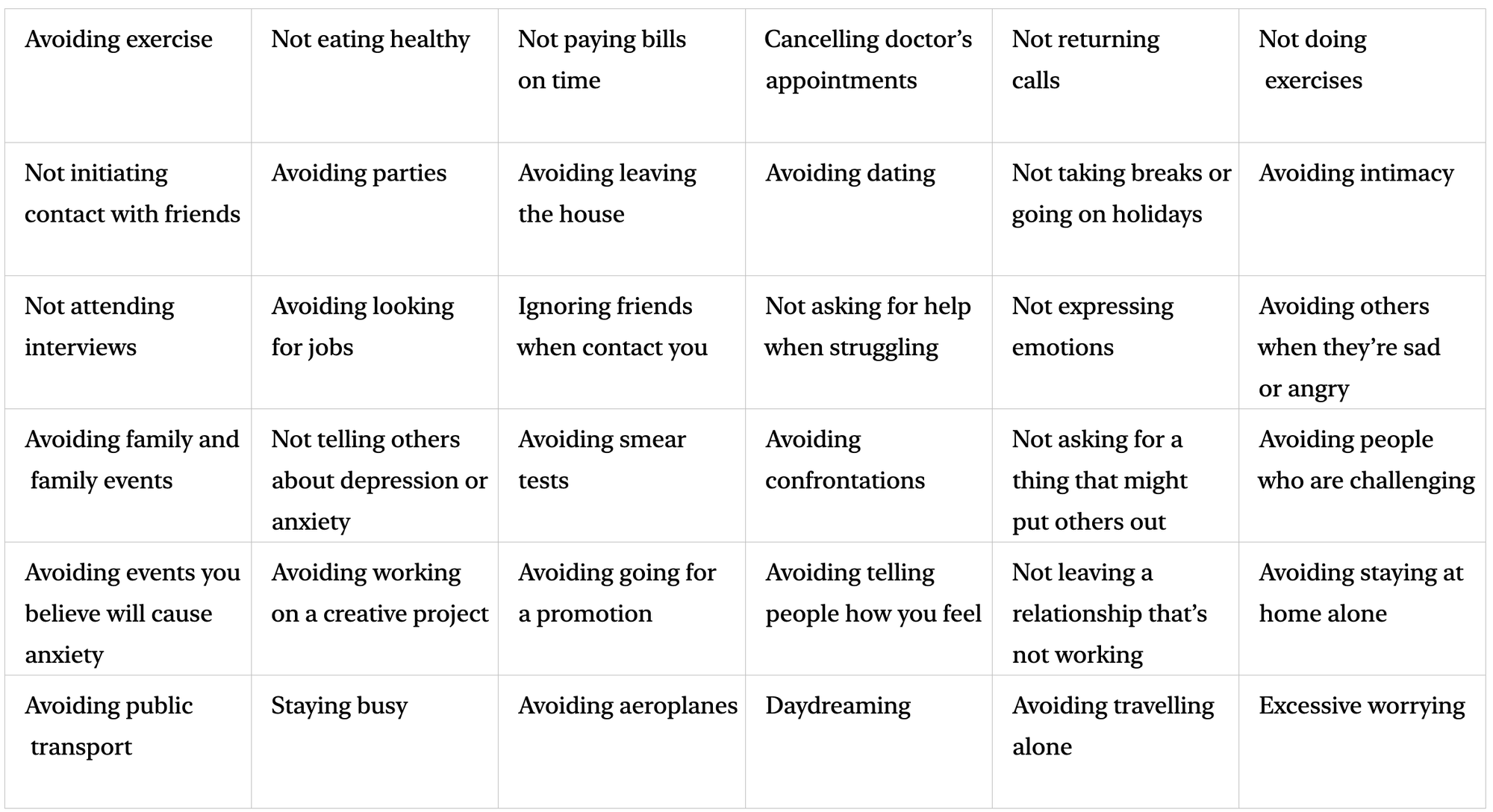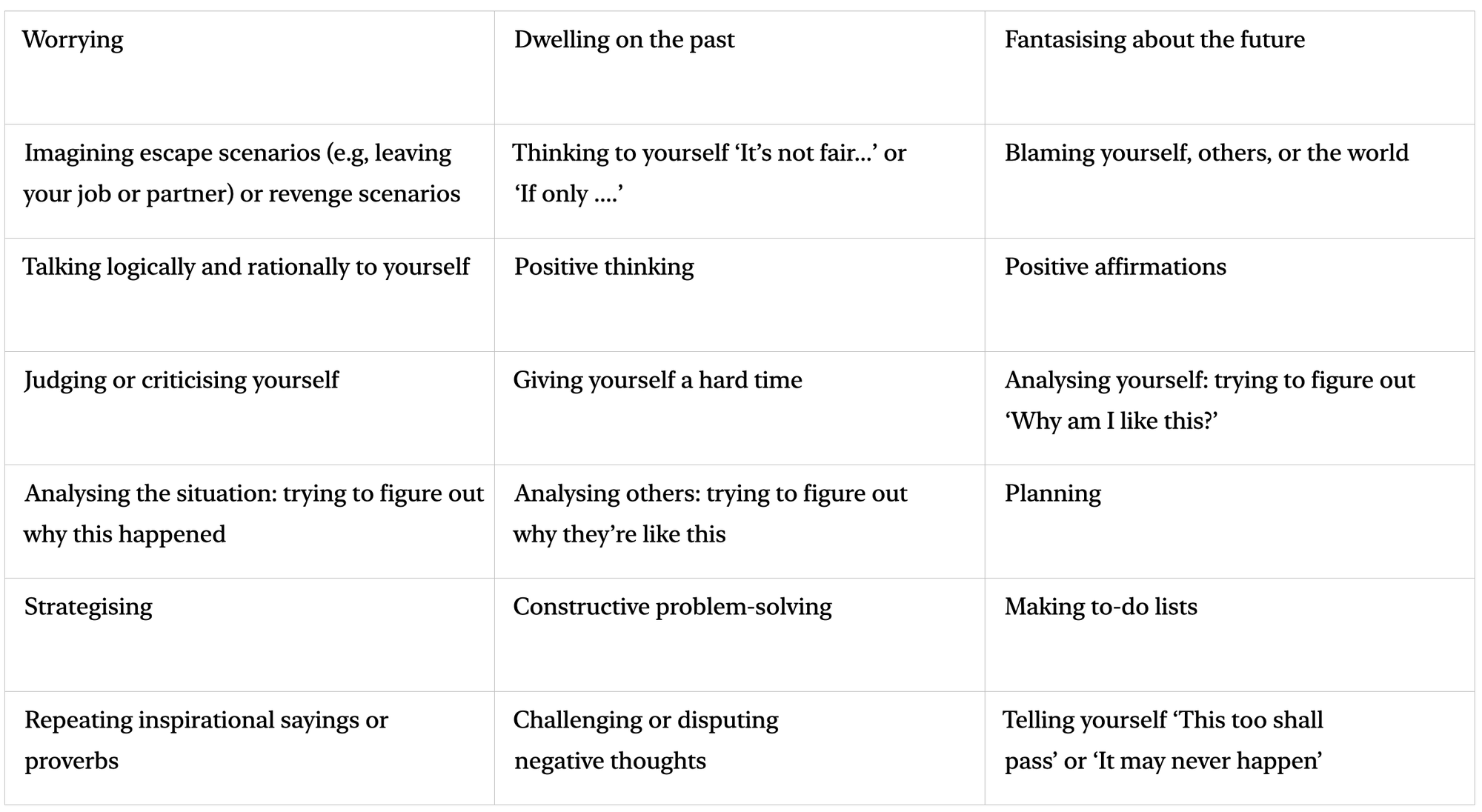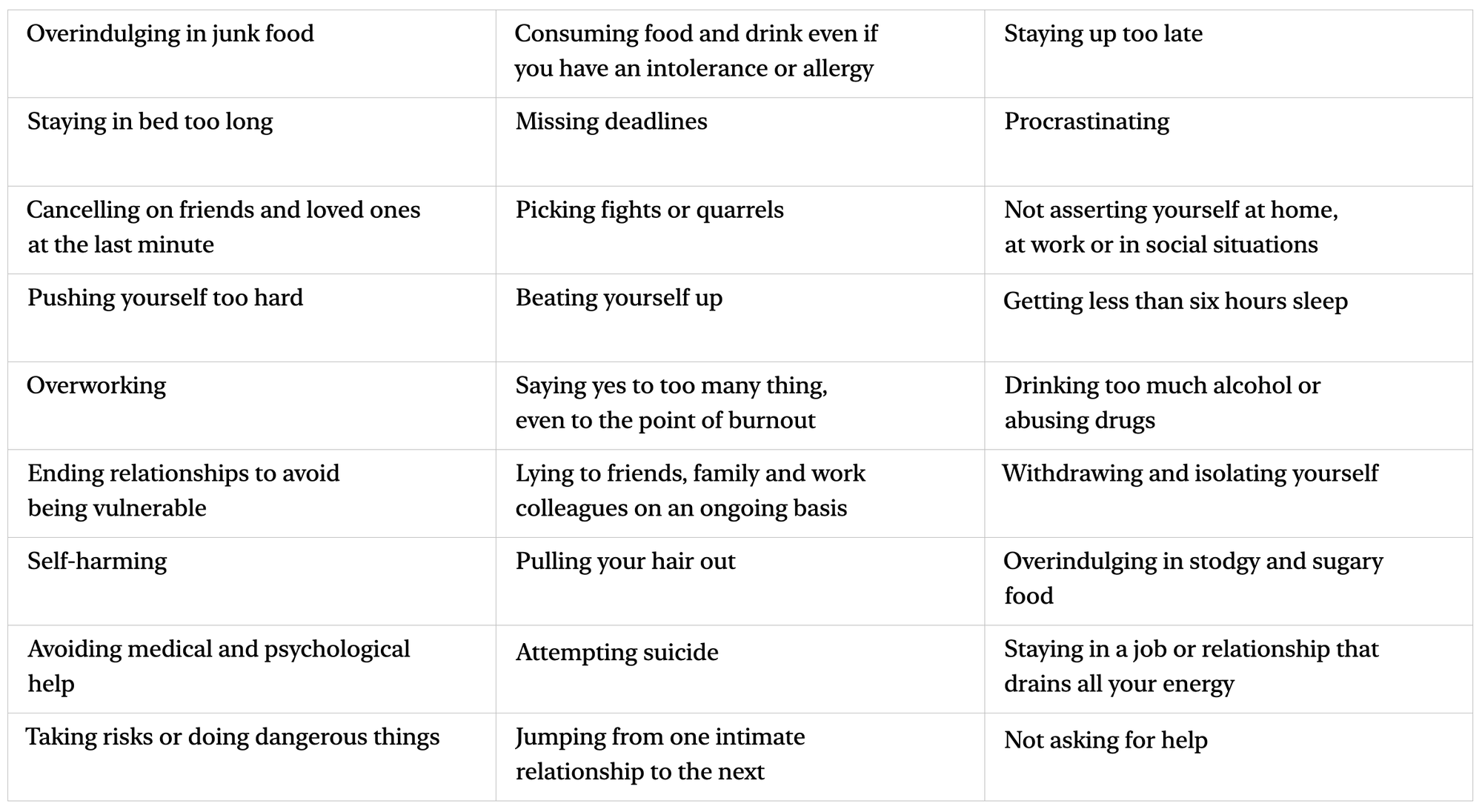Ostriches Don’t, but Humans Do: 4 Ways We Bury Our Heads in the Sand

You’ve heard ostriches bury their heads in the sand to avoid danger.
They don’t. But humans do. We often try to avoid difficult thoughts and feelings, and end up creating more suffering for ourselves in the process.
Here are 4 ways we bury our heads in the sand
Exposing a myth
Ostriches don’t bury their heads in the sand to avoid danger.
They don’t need to. Ostriches live in groups. Their long necks and keen vision lets them see for great distances. They often notice danger approaching long before it is near.
Ostriches can escape danger by running away.
An adult ostrich can sprint in short bursts up to 43 mph (ca. 69 km/h), and maintain a steady speed of 31 mph (ca. 50 km/h). A chick approaches speeds of 35 mph (ca. 56 km/h) at a month old.
When an adult ostrich can’t run away, it can deliver a kick powerful enough to kill a lion.
So where did the myth originate?
Good parenting. The father digs a massive hole, measuring between 6–8 feet (1.8–2.4 m) wide and 2–3 feet (0.6–0.9 m) deep. Both parents bury the eggs and take turns sitting on them until they’re ready to hatch. Several times as day, the sitting parent will dip its head below the ground to turn the eggs with its beak.
From a distance, it looks like the ostrich has buried its head in the sand.
(Inspiration: American Ostrich Association, n.d; San Diego Zoo, n.d; Stewart, 2006; Turner, 2021)
Humans bury their heads in the sand
Here are 4 ways we try to avoid or get rid of difficult thoughts and feelings.
As you read through them, think about:
- Which methods you use, and
- How well they work for you in the long term.
Please don’t judge them as good or bad, right or wrong, positive or negative.
Rather, aim to discover if these methods work in the long term to give you the kind of life you desire.
METHOD 1: DISTRACTION
What do you do to take your mind off difficult thoughts and feelings?
Examples include:

METHOD 2: OPTING OUT
We all opt out.
We avoid activities, procrastinate on tasks, quit events and withdraw from people. What important things do you avoid to negate feelings of discomfort?
Examples include:

METHOD 3: THINKING STRATEGIES
How have you tried to think your way out of painful thoughts and feelings?
Examples include:

METHOD 4: SUBSTANCES AND OTHER STRATEGIES
What kinds of things have you put into your body to get rid of pain? Are there any other strategies you’ve tried to escape from difficult thoughts and feelings?
Examples include:

(Inspiration: Harris, 2019; Leonard-Curtin & Leonard-Curtin, 2019)
Reflection
We all do things to avoid difficult thoughts and feelings.
I know I do. Were you able to identify some strategies you use? They work short term.
But how much do they cost us in the long term?